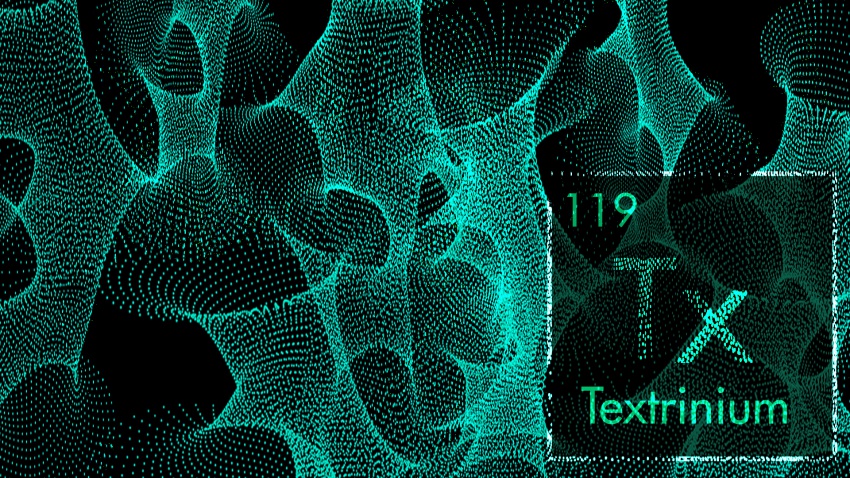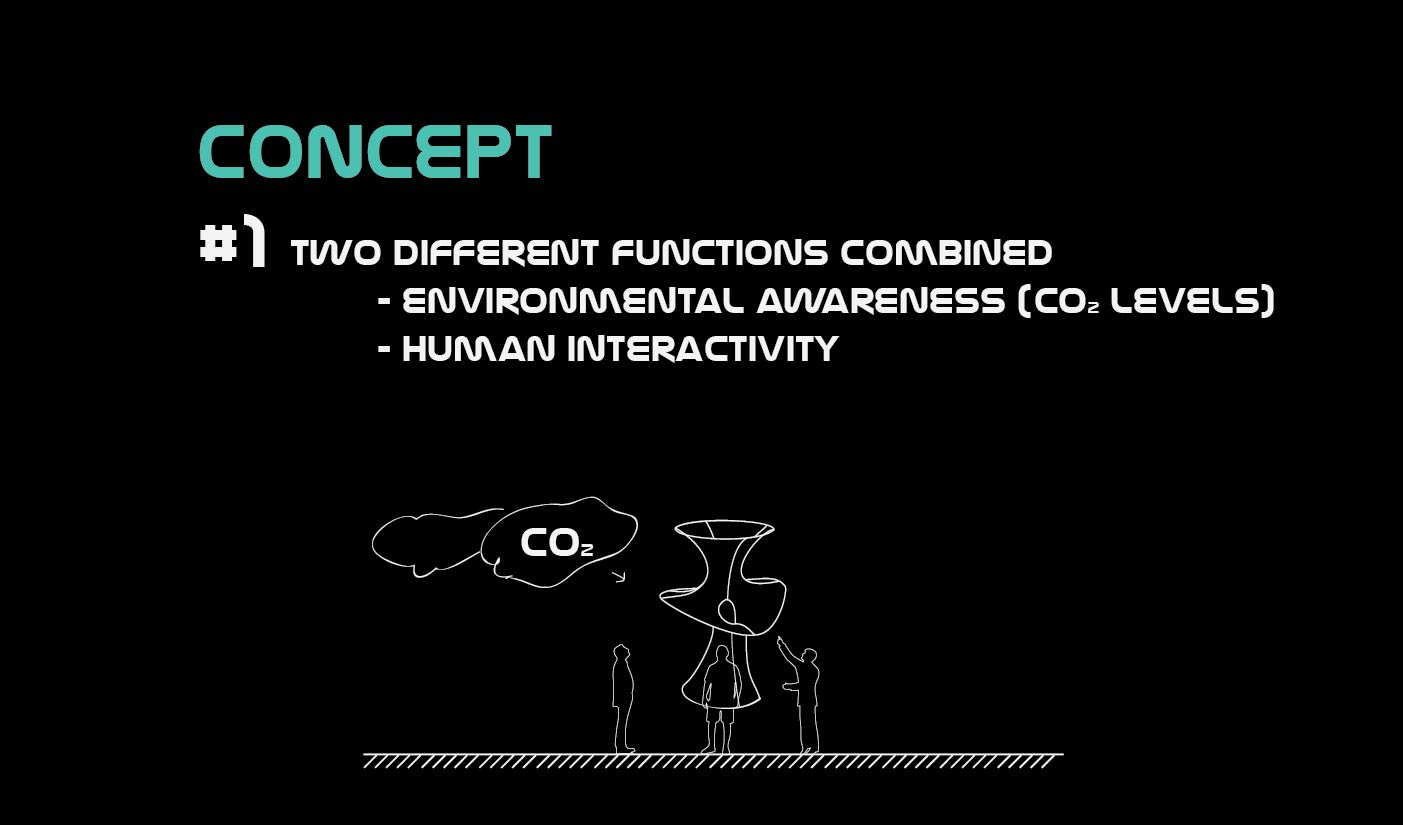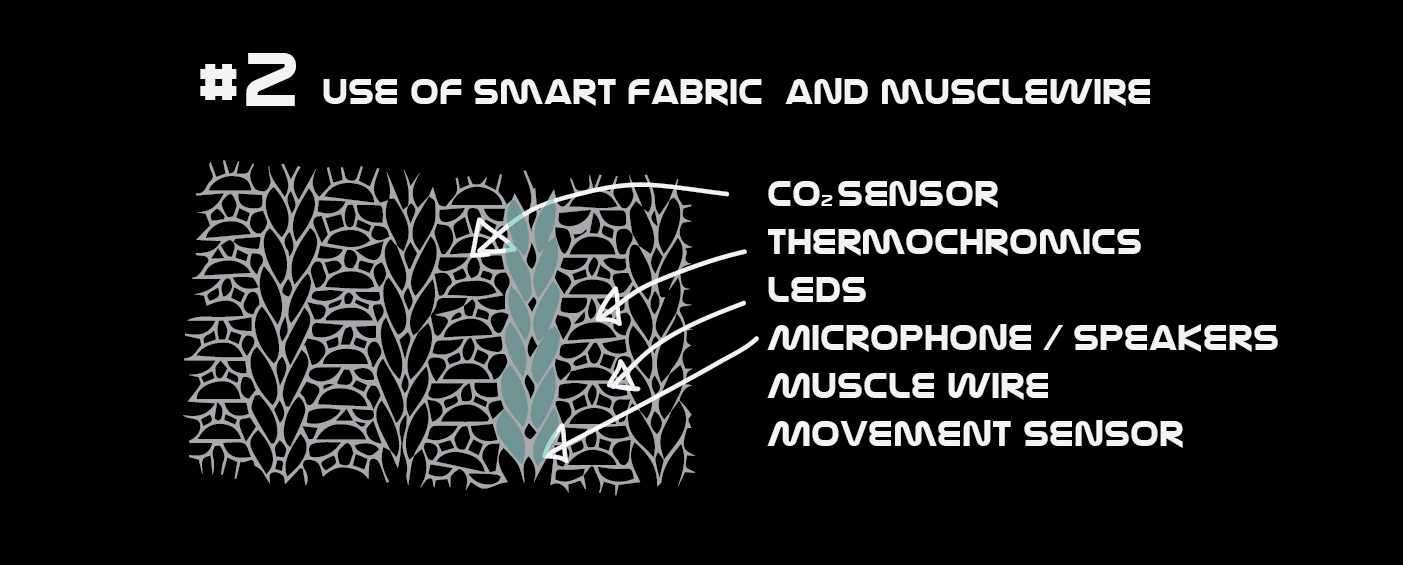|
|
| Line 3: |
Line 3: |
| | [[Image:New logo.jpg| 850px]] | | [[Image:New logo.jpg| 850px]] |
| | <html> | | <html> |
| − | <img src="http://re.hyperbody.nl/images/5/52/Swedenbanner_Costa_copy_3.jpg" width="850" height="155"usemap="#map"> | + | <!doctype html> |
| | + | <html> |
| | + | <head> |
| | + | <meta charset="utf-8"> |
| | + | <title>Bouwkunde Eerstejaars |
| | + | </title> |
| | + | <link href="styles/test check_cs6.css" rel="stylesheet" type="text/css"> |
| | + | |
| | + | |
| | + | </head> |
| | + | <body> |
| | + | <div class="text" id="text"><div class="container2" id="container2"> |
| | + | <img src="http://re.hyperbody.nl/images/a/a1/Costax.jpg" width="850" height="155"usemap="#map"> |
| | | | |
| | <map name="map"> | | <map name="map"> |
| Line 14: |
Line 26: |
| | <area shape="rect" coords="708,1,848,150" href="http://re.hyperbody.nl/index.php/Msc2G5:Physical_model"> | | <area shape="rect" coords="708,1,848,150" href="http://re.hyperbody.nl/index.php/Msc2G5:Physical_model"> |
| | | | |
| − | </map> | + | </map></div> |
| | + | <div class="text" id="text"> |
| | + | <iframe width="850" height="520" src="https://www.youtube.com/embed/-yVKwsA9_hM" frameborder="0" allowfullscreen></iframe></div> |
| | + | <div class="text" id="text"><div class="text2" id="text2"><p>The main appearance of the structure is based on the mathematical embedded minimal surface discovered in 1982 by Celso José da Costa. The topology is created by puncturing a compact surface, therefore becoming a finite topology. The current design is a topologically thrice-punctured torus which is deformed until the planer end becomes catenoidal. The topology can be described using the Weierstrass zeta and the Weierstrass elliptic functions. |
| | + | The name of the project is Textrinium based on the interweaving of different components within the textile, architecture and mathematical geometry. Textrinium is a textile based structure that interacts with its surroundings by change in kinetic energy, shade shifting of colours by differentiating in resistance and integrated sensors measuring carbon dioxide. All the used components are part of the same knitted fabric. The structure is supported by an exoskeleton composted out of polymers. |
| | + | Extensive research in material systems, topology optimisation, stress and deformation simulation within fabrics, weaving patterns and fibre directionality, integrating (knitting) sensing, sewing techniques exploration, actuation and control systems within the textiles, thermo-chromic textile based applications, phosphorescence applications and computation numerically controlled fabrication are part of the research and design workshop. </p></div></div> |
| | | | |
| − | </html>
| |
| − | [[File:Sweden_diagrams-01.jpg|850px]]
| |
| − | [[File:sweden-02.jpg|850px]]
| |
| | | | |
| − | The main appearance of the structure is based on the mathematical embedded minimal surface discovered in 1982 by Celso José da Costa. The topology is created by puncturing a compact surface, therefore becoming a finite topology. The current design is a topologically thrice-punctured torus which is deformed until the planer end becomes catenoidal. The topology can be described using the Weierstrass zeta and the Weierstrass elliptic functions.
| + | </div> |
| − | The name of the project is Textrinium based on the interweaving of different components within the textile, architecture and mathematical geometry. Textrinium is a textile based structure that interacts with its surroundings by change in kinetic energy, shade shifting of colours by differentiating in resistance and integrated sensors measuring carbon dioxide. All the used components are part of the same knitted fabric. The structure is supported by an exoskeleton composted out of polymers.
| + | |
| − | Extensive research in material systems, topology optimisation, stress and deformation simulation within fabrics, weaving patterns and fibre directionality, integrating (knitting) sensing, sewing techniques exploration, actuation and control systems within the textiles, thermo-chromic textile based applications, phosphorescence applications and computation numerically controlled fabrication are part of the research and design workshop.
| + | |
| | | | |
| | | | |
| | + | </body> |
| | + | </html> |
| | | | |
| − | == '''Individual Practices''' ==
| |
| − | <div style="height:30px; width: 850px; margin:0px; padding: 0px; padding-top: 0px; border: 0px;">
| |
| − | <div style="float:left; width: 130px; height 30px; border: 1px solid #aaa; margin-right:10px; " align="center">
| |
| − | [[Msc2G5:Thomas Hayat|'''Thomas Hayat''']]
| |
| − | </div>
| |
| − | <div style="float:left; width: 130px; height 30px; border: 1px solid #aaa; margin-right:10px; " align="center">
| |
| − | [[Msc2G5:Bob Heester W2|'''Bob Heester''']]
| |
| − | </div>
| |
| − | <div style="float:left; width: 130px; height 30px; border: 1px solid #aaa; margin-right:10px;" align="center">
| |
| − | [[Msc2G5:DIMITRA DRITSA W2|'''Dimitra Dritsa''']]
| |
| − | </div>
| |
| − | <div style="float:left; width: 130px; height 30px; border: 1px solid #aaa; margin-right:10px;" align="center">
| |
| − | [[Msc2G5:Esther Slagter W2|'''Esther Slagter''']]
| |
| − | </div>
| |
| − | <div style="float:left; width: 130px; height 30px; border: 1px solid #aaa; margin-right:10px" align="center">
| |
| − | [[Msc2G5:Marien Teeuw W2|'''Marien Teeuw''']]
| |
| − | </div>
| |
| − | </div><br>
| |
| | | | |
| − | == '''Individual Proposal''' ==
| + | |
| − | <div style="height:30px; width: 850px; margin:0px; padding: 0px; padding-top: 0px; border: 0px;">
| + | [[File:Sweden_diagrams-01.jpg|212.5px]][[File:sweden-02.jpg|212.5px]][[File:sweden-02.jpg|212.5px]][[File:sweden-02.jpg|212.5px]] |
| − | <div style="float:left; width: 160px; height 30px; border: 1px solid #aaa; margin-right:10px; " align="center">
| + | [[File:Sweden_diagrams-01.jpg|212.5px]][[File:sweden-02.jpg|212.5px]][[File:sweden-02.jpg|212.5px]][[File:sweden-02.jpg|212.5px]] |
| − | [[Msc2G5:Bob Heester|'''Bob Heester''']] | + | |
| − | </div>
| + | |
| − | <div style="float:left; width: 160px; height 30px; border: 1px solid #aaa; margin-right:10px;" align="center">
| + | |
| − | [[Msc2G5:DIMITRA DRITSA|'''Dimitra Dritsa''']] | + | |
| − | </div>
| + | |
| − | <div style="float:left; width: 160px; height 30px; border: 1px solid #aaa; margin-right:10px;" align="center">
| + | |
| − | [[Msc2G5:Esther Slagter|'''Esther Slagter''']] | + | |
| − | </div>
| + | |
| − | <div style="float:left; width: 160px; height 30px; border: 1px solid #aaa; margin-right:10px" align="center">
| + | |
| − | [[Msc2G5:Marien Teeuw|'''Marien Teeuw''']] | + | |
| − | </div>
| + | |
| − | <div style="float:left; width: 160px; height 30px; border: 1px solid #aaa; " align="center">
| + | |
| − | [[Msc2G8:Thomas Hayat|'''Thomas Hayat''']] | + | |
| − | </div>
| + | |
| − | </div><br>
| + | |



